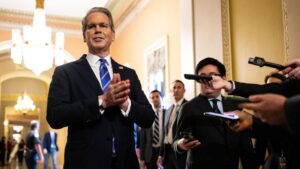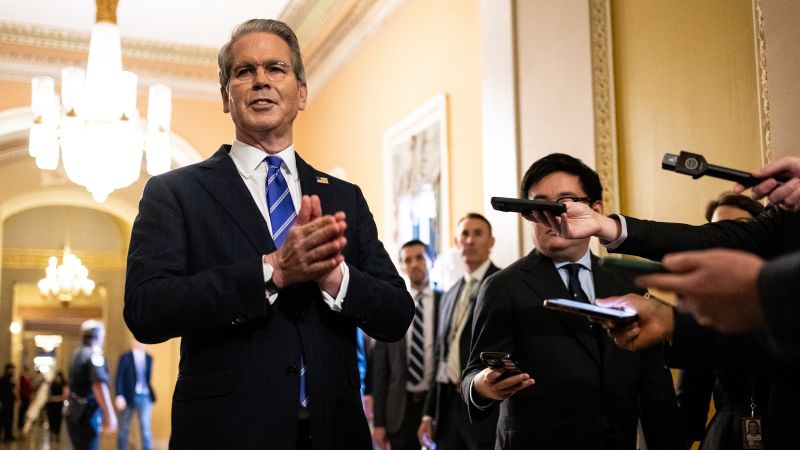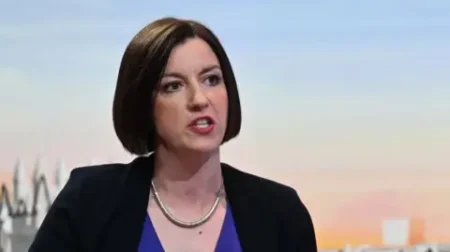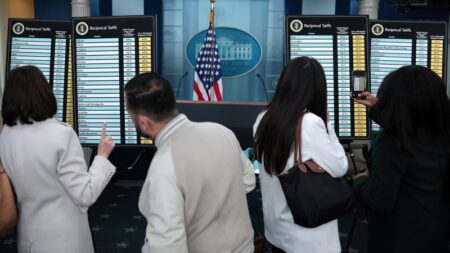In a recent announcement, U.S. Treasury Secretary Scott Bessent disclosed that the Trump administration will be dispatching tariff letters to approximately 100 nations in the coming days. This decision comes as a crucial moment, marking the end of the 90-day tariff pause that had been in effect since earlier this year. Bessent informed the public during an interview on CNN’s “State of the Union with Dana Bash,” emphasizing the urgency of the situation. He stated, “If you don’t move things along, then on August 1 you will boomerang back to your April 2 tariff level,” indicating a return to previously higher tariff rates for trading partners who fail to engage constructively.
President Donald Trump has hinted that these letters would outline duty rates, maintaining a baseline of 10% while potentially extending up to 70%. However, Bessent clarified during his interview that the United States would not be imposing these peak rates on its major trading partners, thereby signaling an attempt to maintain some balance in international trade relations. The subtle intricacies of the negotiations appear to be an essential aspect of Trump’s strategy, which focuses on leveraging these tariff rates to secure favorable trade agreements.
The letters will not solely target major economies; rather, they will also be directed towards smaller countries, most of which already operate under the baseline rate of 10%. Bessent noted that these letters provide a “better” option for nations lagging behind in negotiation efforts as the deadline approaches. Trump previously indicated that while there are claims of having established around 200 trade deals, specifics were lacking, creating a sense of ambiguity around the outcomes of these negotiations.
In terms of completed agreements, Trump has only made announcements regarding three nations: the United Kingdom, which has maintained a steady tariff rate of 10%; China, which has temporarily reduced high-duty rates from an alarming 145% to 30%; and Vietnam, facing a minimum tariff of 20%. The deals have been characterized as “frameworks” rather than comprehensive agreements. In light of this, Bessent underscored that the letters being sent will finalize tariff rates, expecting to complete 100 in the subsequent days.
Preliminary discussions indicate that several countries have yet to initiate contact with U.S. trade officials, resulting in Bessent’s assertion that the U.S. holds a position of leverage in these negotiations. While he hinted at potential “big announcements” on the horizon, no specific nations were named, leaving room for speculation on who might secure favorable terms. Bessent also rebutted the idea that August 1 represents a strict new deadline. He emphasized that this date marks when established rates would return unless negotiations are advanced, using the European Union’s response to Trump’s previous tariff threats as a case study.
The impact of Trump’s trade policies is beginning to raise eyebrows in the economic community. Economists have warned that the ongoing trade war—especially the tariffs imposed on Chinese imports—is likely to inflate consumer costs significantly. Despite this, companies like Walmart are voicing intentions to raise prices, even in light of resistance from the administration.
Bessent has downplayed inflation concerns, stating during an interview on “Fox News Sunday” that no inflation has been recorded thus far, labeling contrary projections as “misinformation.” He and other officials have consistently claimed that countries like China would ultimately bear the burden of tariffs imposed by the U.S. Despite this, U.S. wholesale inflation did show a slight increase in May, spurred by rising costs, even though tariff-related effects have reportedly remained minimal. The Bureau of Labor Statistics revealed a marginal increase in the Producer Price Index, highlighting an annual inflation rate of 2.6%.
Critics of the administration’s economics, including former Treasury Secretary Larry Summers, have voiced disapproval of Bessent’s narrative surrounding tariffs. Summers highlighted concerns that while tariffs might generate some revenue, they would likely lead to increased inflation and reduced competitiveness for American manufacturers. Conversely, Stephen Miran, from the White House Council of Economic Advisers, argued that the tariffs implemented during Trump’s first term lacked lasting detrimental effects on the economy, a sentiment that sparked significant debate.
In the broader context, the administration remains optimistic, asserting that tariff revenues are increasing, and employment trends remain robust. This ongoing discourse exemplifies the complexities and challenges of navigating international trade relationships in a protectionist climate, underpinning the need for strategic negotiations and constant reassessment of economic policies.











